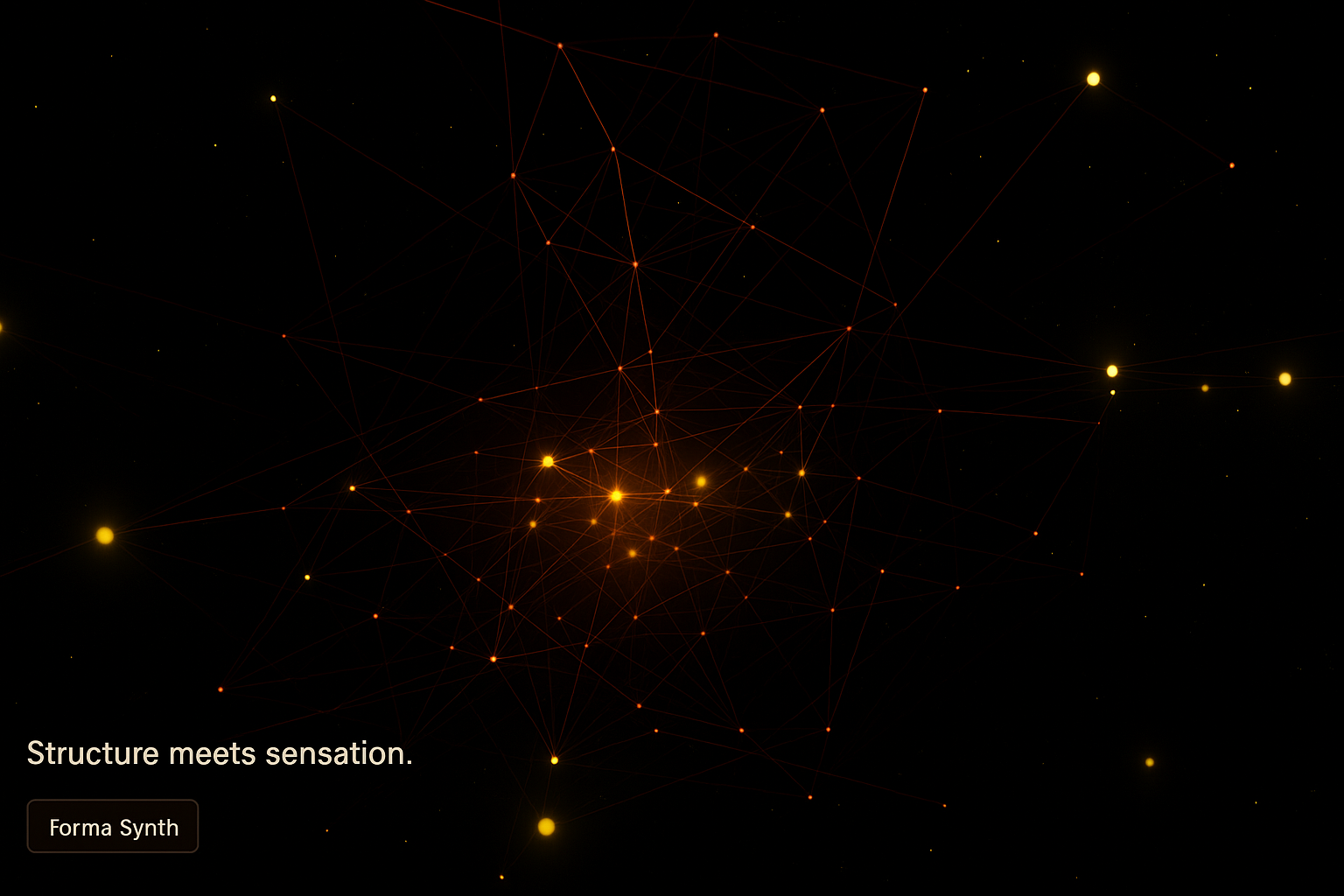Project Summary
NeuroArc, Neural Conduction Interface, is an experimental neural visualization interface that simulates the flow of energy across a dynamic network. Designed for exploratory and meditative interaction, it allows users to stimulate nodes, observe network behaviors, and experience a spatial rendering of digital “thought.” The interface emphasizes interactivity, visual rhythm, and spatial clarity over time.
Interface Goals
- Enable intuitive input to create energy pulses through the network
- Visualize emergent node activity and signal interference
- Offer theme and density customization to personalize experience
Design Approach
Using a Custom WebGL Neural Interface framework, NeuroArc applies a volumetric, data-flow style with configurable aesthetics. Inspired by bio-digital hybrids, it leverages spatial distribution algorithms and animated connectivity to evoke cognitive simulation.
Key Features
- Real-time energy pulses with interactive node triggering
- 4 customizable visual themes with intensity sliders
- Dynamic canvas rendering for immersive full-screen experience
- Touch/drag support for rotational control of the 3D environment
Stack & Tools Used
- Graph Traversal & Clustering Logic
- Custom GLSL shaders
- Modular Asset Enqueue System
- Vanilla JS controls for theme/density UI
- Physics-Based Interaction Algorithms
Outcome
NeuroArc serves both as a UX testbed for experimenting with ambient, gesture-driven controls and as a creative exploration of digital cognition. It is a real-time generative interface designed to simulate the behaviors of dynamic neural systems. Blending computation with aesthetics, it invites users to explore emergent patterns—where structure, stimulus, and interaction converge.
